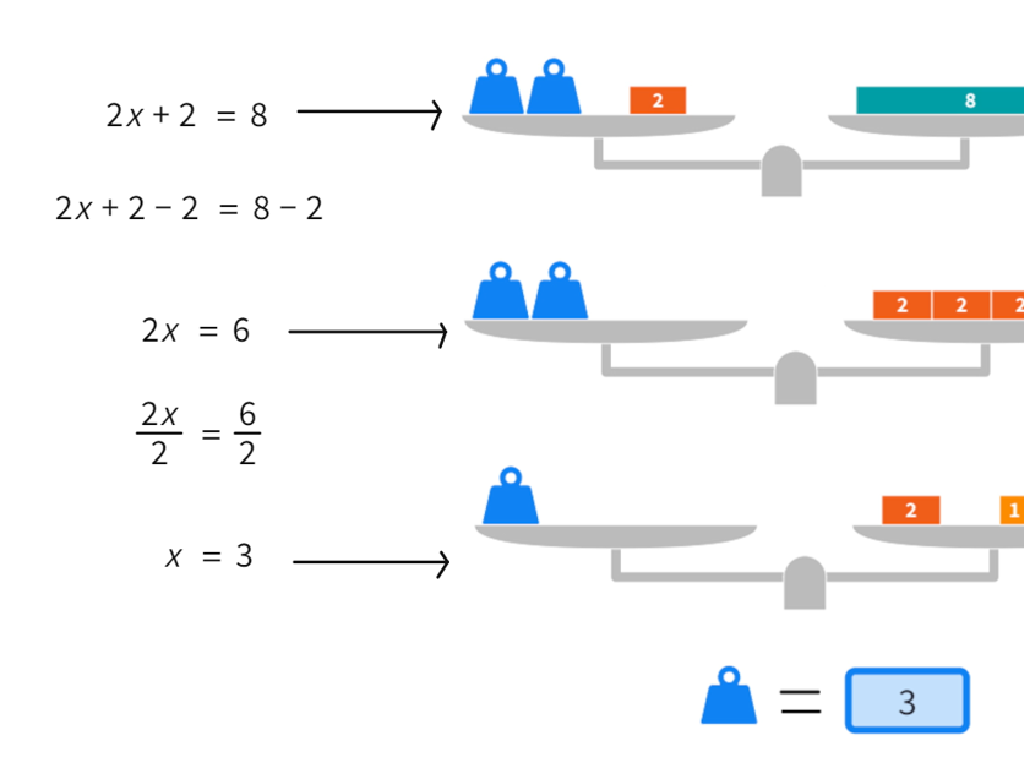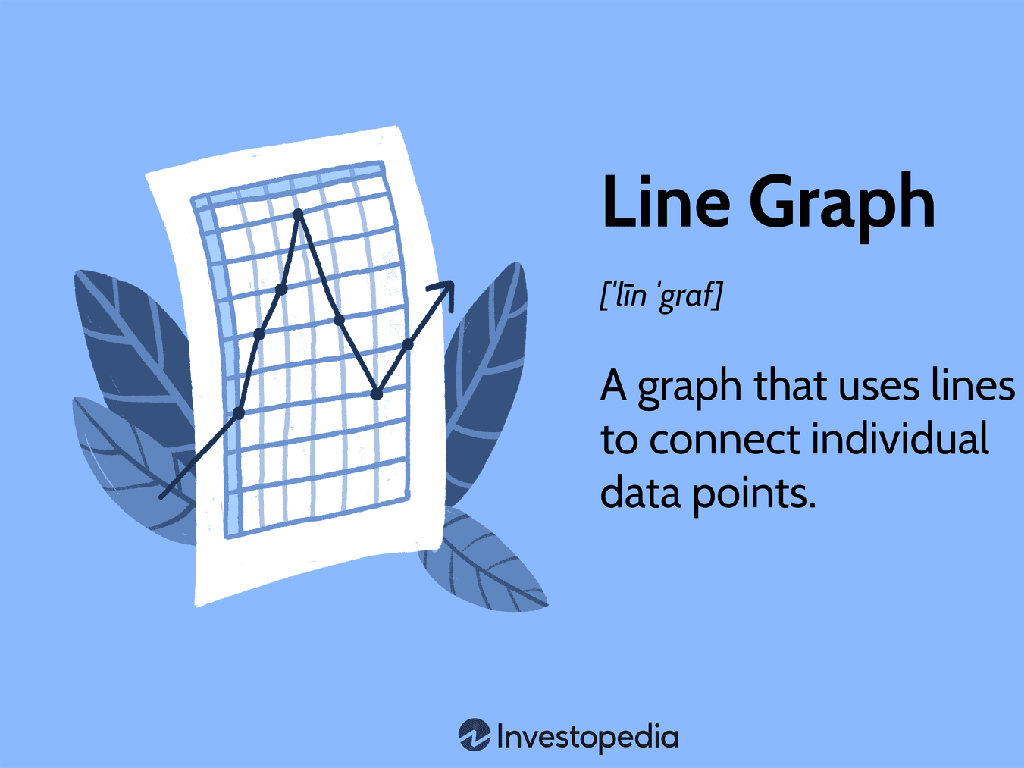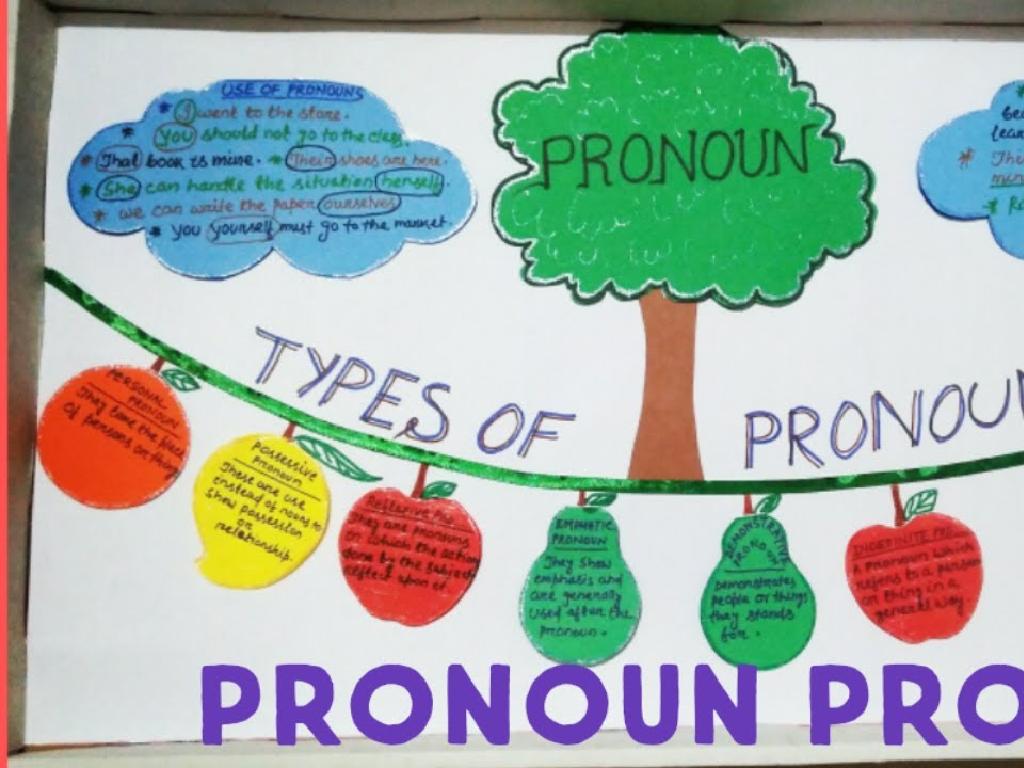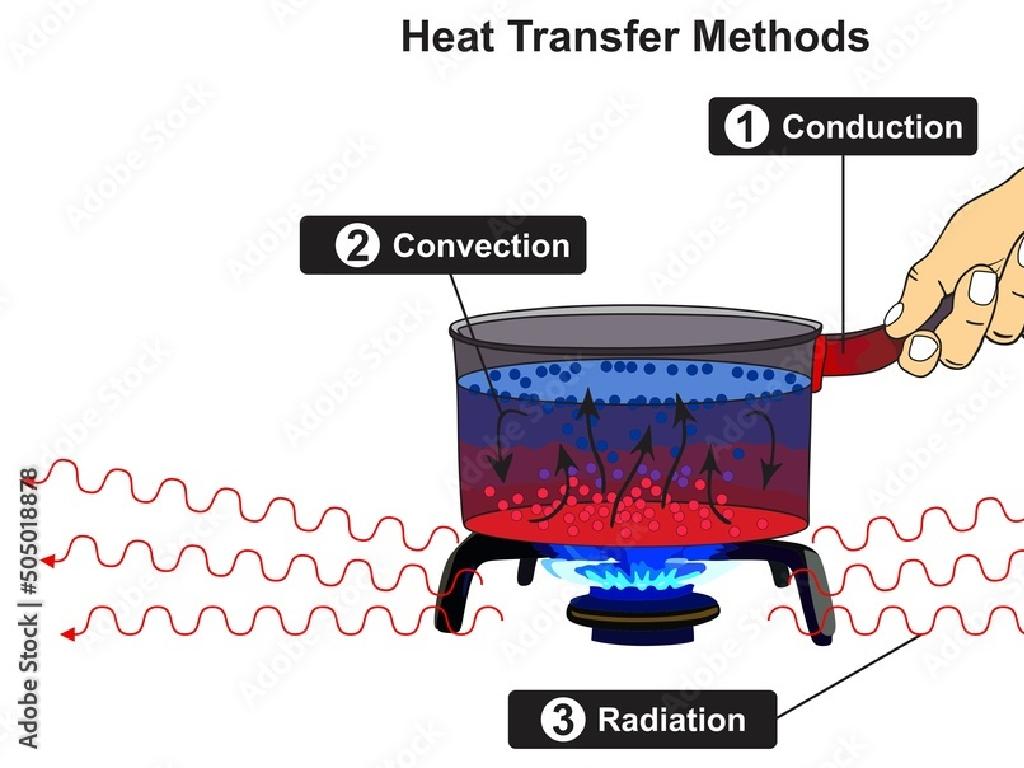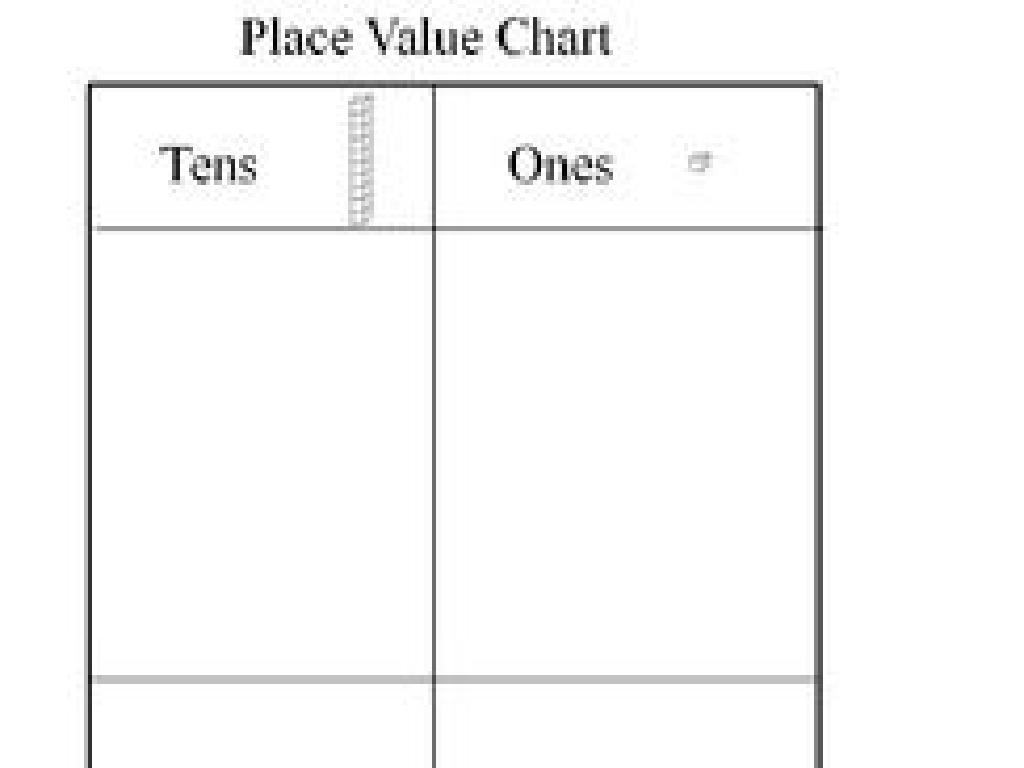Identify The Relationships Between Quadrilaterals
Subject: Math
Grade: Fifth grade
Topic: Quadrilaterals
Please LOG IN to download the presentation. Access is available to registered users only.
View More Content
Today’s Adventure: Exploring Quadrilaterals!
– Define quadrilaterals
– A shape with four sides and four angles.
– Types of quadrilaterals
– Squares, rectangles, trapezoids, and rhombuses.
– Quadrilaterals around us
– Think of a kite, a window, or a computer screen.
– Exploring relationships
– How are squares and rectangles similar and different?
|
Begin the lesson by defining quadrilaterals as four-sided shapes, ensuring students understand the basic properties. Introduce the various types of quadrilaterals, such as squares, rectangles, trapezoids, and rhombuses, and discuss their characteristics. Provide relatable examples of quadrilaterals that students encounter in their daily lives to help them connect with the concept. Finally, guide students to explore the relationships between different quadrilaterals, such as how a square is also a rectangle but with all sides equal. Encourage students to think critically about the properties that different quadrilaterals share and how they can be categorized.
Exploring Quadrilaterals
– What is a quadrilateral?
– A polygon with four sides and four angles.
– Key properties of quadrilaterals
– Four sides, four angles, and angles add up to 360°.
– Quadrilaterals in everyday life
– Think of doors, tables, or picture frames!
– Activity: Find quadrilateral objects
– Look around to spot objects with four sides.
|
This slide introduces students to the concept of quadrilaterals by defining them as four-sided polygons. Emphasize that all quadrilaterals share common properties, such as having four sides, four angles, and a total of 360 degrees when adding up the interior angles. Encourage students to connect the concept to real-world objects by identifying items around them that have a quadrilateral shape. For the activity, students can either bring in pictures of quadrilateral-shaped objects or list items they find at home or in the classroom. This will help solidify their understanding of the shapes in a fun and interactive way.
Exploring Quadrilateral Relationships
– Quadrilaterals: A Family
– A quadrilateral has 4 sides. Includes squares, rectangles, rhombuses, trapezoids, and parallelograms.
– Squares: Equal sides & angles
– Squares have 4 equal sides and 4 right angles. Example: A chessboard tile.
– Rectangles: Equal angles, opp. sides
– Rectangles have 4 right angles and opposite sides are equal. Example: Your classroom door.
– Rhombuses: Equal sides, skewed angles
– Rhombuses have 4 equal sides but no right angles. Example: A diamond shape on a playing card.
– Trapezoids & Parallelograms
– Trapezoids have one pair of parallel sides. Parallelograms have opposite sides parallel and equal.
|
This slide introduces students to the various types of quadrilaterals and their properties. Emphasize that all these shapes are part of the quadrilateral family because they have four sides. Highlight the unique properties of squares, rectangles, rhombuses, trapezoids, and parallelograms. Use everyday examples to help students visualize and relate to the concepts. For instance, point out objects in the classroom that resemble these shapes. Encourage students to think of other objects that fit these descriptions. This foundational knowledge will help them understand how these shapes relate to each other and to more complex geometric concepts.
Exploring Quadrilateral Properties
– Squares: 4 equal sides, 4 right angles
– Example: All sides are the same and meet at 90 degrees
– Rectangles: Opposite sides equal, 4 right angles
– Example: Long sides match each other, and so do short sides
– Rhombuses: 4 equal sides, angles vary
– Example: Looks like a tilted square with equal sides
– Trapezoids: 1 pair of parallel sides
– Example: Only the top and bottom sides are parallel
– Parallelograms: Opposite sides parallel and equal
– Example: Opposite sides are mirror images in length and angle
|
This slide is aimed at helping fifth-grade students understand the different properties of quadrilaterals. A square is a regular polygon with all sides and angles equal. A rectangle is similar but can have different side lengths as long as opposite sides match. Rhombuses are often confused with squares, but their angles can be different. Trapezoids are unique with only one set of parallel sides, making them easy to identify. Parallelograms have equal and parallel opposite sides but can look like a slanted rectangle. Encourage students to draw each shape and label the properties to reinforce learning. Discuss how these shapes are related, such as how a square is a special type of rectangle and rhombus.
Exploring Quadrilateral Relationships
– Quadrilaterals have hierarchy
– Squares are special rectangles
– A square has 4 equal sides and 4 right angles, which makes it a rectangle too.
– Not all rectangles are squares
– A rectangle has 4 right angles but not always 4 equal sides.
– Examining examples together
|
This slide aims to help students understand the hierarchical relationships between different quadrilaterals. Start by explaining that all squares, rectangles, rhombuses, and parallelograms are quadrilaterals because they have four sides. Then, focus on the fact that while all squares are rectangles due to their equal sides and right angles, not all rectangles are squares because they can have unequal adjacent sides. Use visual examples to illustrate these relationships, such as pictures of a square and a rectangle, and highlight their properties. Encourage students to think of other examples of quadrilaterals and how they might relate to one another. This will set the foundation for understanding the properties and classifications of quadrilaterals.
Exploring Quadrilaterals in Real Life
– Real-life examples of quadrilaterals
– Think of a kite, a window, or a computer screen
– Identify quadrilateral types
– Is it a square, rectangle, rhombus, or trapezoid?
– Explain categorization reasons
– Look for parallel sides, equal angles, or equal sides
– Discuss properties of each
|
This slide aims to help students recognize and categorize different quadrilaterals based on their properties, using examples from everyday life. Encourage students to think about objects they see daily that resemble quadrilaterals, such as doors, books, and tables. Guide them to identify the type of quadrilateral by looking for key characteristics: squares have four equal sides and angles, rectangles have equal opposite sides and angles, rhombuses have equal sides but not necessarily equal angles, and trapezoids have only one pair of parallel sides. Discuss the importance of understanding these properties and how they help in categorizing shapes. For the activity, students can bring pictures or draw items that represent different quadrilaterals and explain their reasoning in the next class.
Class Activity: Quadrilateral Hunt
– Find quadrilateral-shaped objects
– Discuss their quadrilateral category
– Why does an object fit into a specific category? Consider sides, angles.
– Present your findings to the class
– Reflect on the activity
– Think about what you learned from this activity.
|
This activity is designed to help students apply their knowledge of quadrilaterals to the real world. Divide the class into small groups and instruct them to look for objects around the classroom or outside that resemble quadrilaterals. Once they have found an object, they should discuss within their group why it fits into a particular category of quadrilaterals, considering the properties such as the length of sides and the measure of angles. After the hunt, each group will present their findings to the class, explaining their reasoning. As a teacher, facilitate the discussion by asking probing questions to ensure a deep understanding. Possible activities: 1) Drawing the found objects and labeling their sides and angles. 2) Comparing objects found by different groups. 3) Creating a poster with photos of the objects and their corresponding quadrilateral categories. 4) Writing a reflection on what they learned about quadrilaterals through this activity.
Quadrilateral Exploration: Conclusion & Homework
– Congrats on exploring quadrilaterals!
– Homework: Draw 5 unique quadrilaterals
– Include squares, rectangles, etc.
– Label each quadrilateral’s properties
– Note sides, angles, and parallel lines
– Share your work in the next class
|
Today’s class focused on understanding the various types of quadrilaterals and their properties. As a conclusion, students are assigned to draw five different quadrilaterals, such as squares, rectangles, rhombuses, parallelograms, and trapezoids. They should label each one with its properties, including the lengths of sides, types of angles, and which sides are parallel. This exercise will help reinforce their understanding by applying what they’ve learned. In the next class, students will have the opportunity to present their drawings and discuss the properties they’ve identified, allowing for a review and deeper understanding of the relationships between different quadrilaterals.

